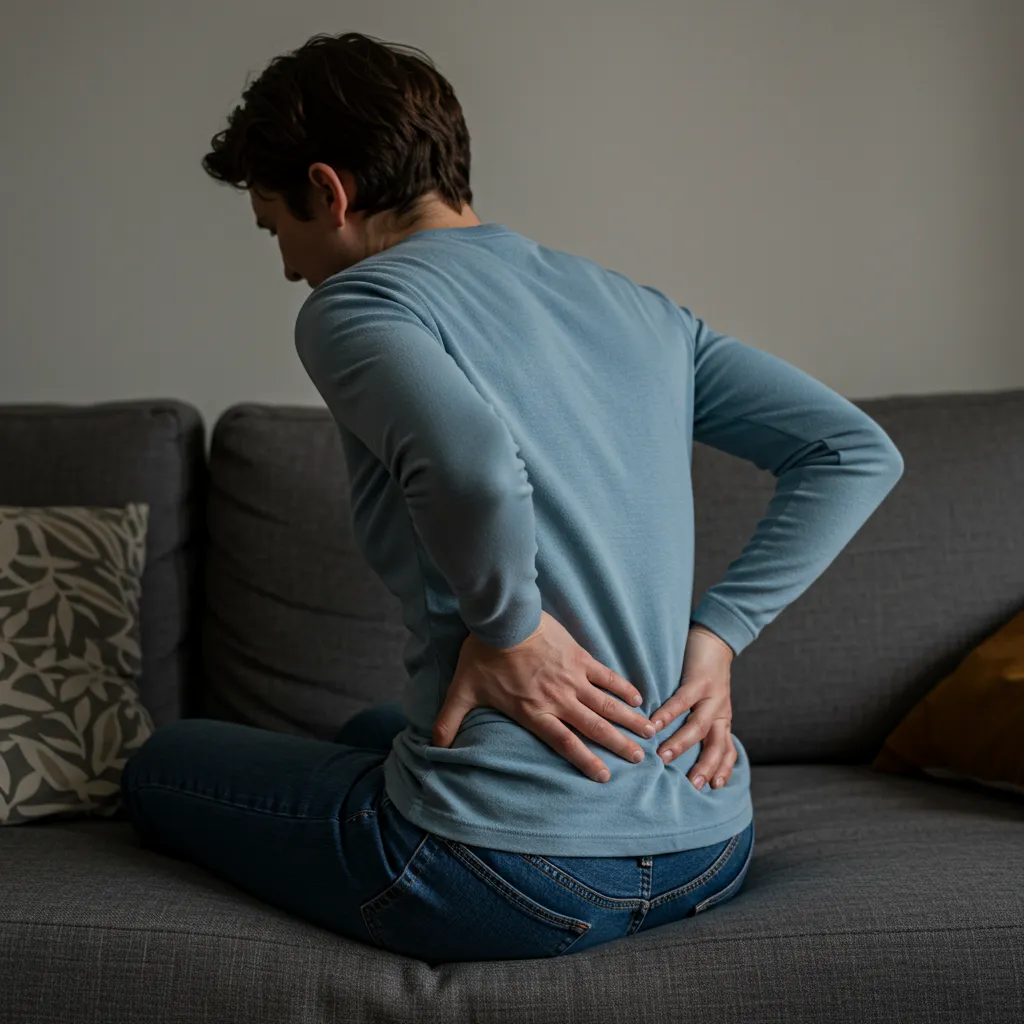
Low Back Pain
Low back Pain
Startling statistics and known solutions.
Low back pain is a common condition that can be caused by a variety of factors, including poor posture, muscle strain or sprain, herniated discs, arthritis, and other medical conditions. Low back pain is a common health problem that affects millions of people worldwide. Here are some statistics that show the prevalence of low back pain:
According to the World Health Organization (WHO), low back pain is one of the leading causes of disability worldwide, affecting an estimated 60-70% of people at some point in their lives.
In the United States, low back pain is the most common cause of job-related disability, and a leading contributor to missed work days and reduced productivity.
A study published in the Journal of the American Medical Association (JAMA) found that the prevalence of low back pain increased from 3.9% in 1992 to 10.2% in 2006.
The National Institute of Neurological Disorders and Stroke (NINDS) estimates that 80% of adults will experience low back pain at some point in their lives.
Low back pain is more common in older adults, with the highest prevalence in those aged 65 and older.
A systematic review reported by the International Association for the Study of Pain (IASP) states that around 4 in 5 people will have an episode of back pain during their lifetime.
These statistics highlight the significant impact of low back pain on individuals, society, and the economy.
Global Economic Burden
Beyond its impact on individuals, low back pain is also one of the costliest health problems worldwide. It is the leading cause of years lived with disability globally. In the UK, it costs the NHS an estimated £2.1 billion annually in direct costs, with up to £10 billion lost in workplace productivity. In the US, total costs exceed $100 billion per year.

Key Study: Meta-analysis on Exercise Preventing Low Back Pain
A systematic review and meta-analysis (2020) of 13 randomized controlled trials and 3 non-randomized trials (total n = 1,634) found that:
Exercise alone reduced the risk of low back pain (LBP) by 33% (risk ratio = 0.67, 95% CI: 0.53–0.85).
Exercise combined with education reduced risk by 27% (risk ratio = 0.73, 95% CI: 0.59–0.91)
The review concluded that 2–3 sessions per week of strengthening, stretching, or aerobic exercises are reasonably recommended for LBP prevention in the general population PubMed.
Mechanisms: Why Exercise Works
Exercise is effective because it strengthens the spine’s stabilising muscles, improves circulation and nutrient delivery to spinal tissues, and reduces stiffness. These changes enhance spinal resilience, lower injury risk, and support recovery.
Psychosocial Factors (Bio-Psycho-Social Model)
It’s important to note that low back pain is not only a physical condition. Psychological stress, depression, and even workplace dissatisfaction are strong predictors of whether pain becomes chronic. Fear of movement often prolongs disability, showing that managing mental and emotional health is just as important as physical treatment.
General Tips
Exercise regularly: Regular exercise will strengthen the body as whole and has been shown to significantly reduce the likelihood of back pain.
Maintain good posture: Pay attention to your posture throughout the day. Also when training posture in every exercise is key to performing the exercise correctly.
Use proper lifting techniques: The biomechanics of how you lift things day to day and in training will have a significant impact on building strength and your likelihood of injury.
Consider a Strength and Condition Coach or any qualified physical therapist: A physical therapist can help you develop a personalised exercise plan and teach you techniques to help alleviate pain.
Maintain a healthy weight, as excess body mass increases spinal load.
Avoid smoking, which reduces blood flow to spinal structures and slows healing.
Prioritise good sleep, since poor sleep is linked to a 2–3x higher risk of developing chronic back pain.
Consult a doctor: If your low back pain is severe or persists for an extended period, consult a doctor for a proper diagnosis and treatment plan. Seek urgent medical attention if you develop any “red flag” symptoms, such as worsening neurological weakness, numbness, loss of bladder or bowel control, unexplained weight loss, or a history of cancer or significant trauma.
It's important to note that these tips are general advice and may not be suitable for everyone. It's important to seek medical attention if you experience persistent or severe low back pain, and to adopt healthy lifestyle habits, such as regular exercise and good posture, to help prevent and manage low back pain. Always consult with your healthcare provider before starting any new exercise or treatment regimen.
📩 Want a Workout Plan?
Let’s build your custom exercise program based of your equipment and goals.
👉 Fill form for 100% free consultation.
Form: https://links.athleticpursuit.io/widget/form/OLua5gcfRoP6wXGeeSyj
References
IASP Fact Sheet – The Global Burden of Low Back Pain. Available at: https://www.iasp-pain.org/resources/fact-sheets/the-global-burden-of-low-back-pain/
FutureFit Low Back Pain Course – Prevalence and economic cost estimates for low back pain.
Hoy, D. et al. (2012) A systematic review of the global prevalence of low back pain. Arthritis & Rheumatism, 64(6), pp. 2028–2037.
World Health Organization (2017) – Low back pain prevalence data, Global Burden of Disease Study.
References [14, 15, 16, 17] – Studies on prevalence in LMIC workers, indirect cost percentages, and social welfare system impact (exact citations needed from original source list).
Clinical primary care data on specific causes of LBP – Epidemiological estimates for vertebral fractures, inflammatory spondyloarthropathies, malignancy, and infections.